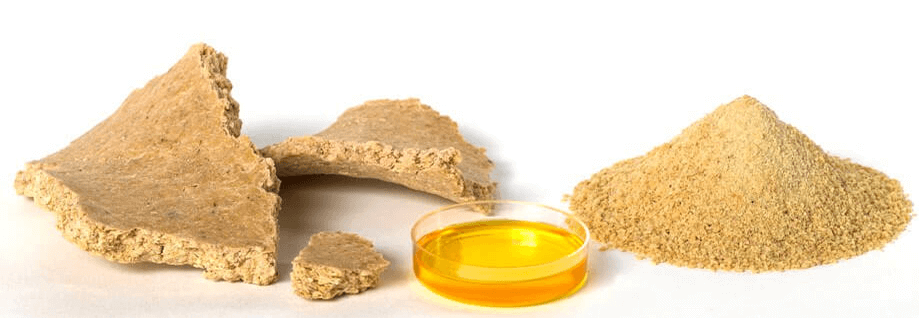Evaluating Ingredients – Soy Oligosaccharides in Swine Part 5

This is the fifth blog I’ve written as part of the evaluating ingredients series which provides tips for evaluating the relative value of ingredients. This series gives knowledge you can use to guide a least-cost formulation program. This blog is new in that it covers swine feed and a specific type of dietary fiber, oligosaccharides, found in soybeans. Most swine diets include soy meal of some type, and since oligosaccharides are naturally present in soybeans, soy meals will contain them. The first four are linked to below:
- Effect of dietary fiber in poultry
- Effect of dietary fat in poultry
- Importance of dietary protein in the rumen and small intestine, focusing on by-pass protein
- Importance of feed form, mash versus pelleting, on ingredients
In data from an older study, the total amounts of oligosaccharides in soybeans varied from 8.6 to 10.3%, related to whole bean protein and oil contents. The amount in the bean will directly affect the level of oligosaccharides in meal. So, what does this mean for swine producers?
One of the main concerns with dietary fibers in animal diets is that they will interfere with digestion and hinder performance. The importance of nutrient digestibility, especially for the amino acids in proteins, has been discussed here in the past.
We can also draw from some work that I was involved with over 15 years ago to get some answers. We wanted to simply determine the effects of adding soy oligosaccharides to a swine diet (containing soybean meal) on amino acid digestibility.

So, as you can see in the chart above, it’s pretty clear that lysine and total amino acid digestibilities are reduced by additional amounts of soy oligosaccharides. They do hinder digestion in swine, and, therefore, would be expected to reduce growth performance if not dealt with in a formulation. With the use of least-cost formulation approaches, this likely would not be dealt with, as levels of oligosaccharides in meal are not used as a part of diet balancing formulation programs. A major point to consider is least-cost formulation programs only do one thing – provide a complete diet at the least cost.
However, remember the information that I referenced above – variation in soybean oligosaccharides, and a relationship to bean protein and oil levels? The authors reported that higher protein beans had lower oligosaccharides, while higher oil beans had higher levels of oligosaccharides. Although this data is from the early 1990’s, creating a need for updated studies with the use of newer soybean varieties, it helps conclude that the levels of oligosaccharides in beans could be predicted with more commonly-measured macronutrients.
In addition, the effect of high shear dry extrusion processing on fiber is only beginning to be understood. So, is it possible that extrusion processing of soy, to create extruded full-fat soy and extruded/press (ExPress®) soy meal, is having beneficial effects of soy oligosaccharides? Good questions worth examining further.
Discuss with us how to evaluate ingredients. More parts in this blog series to come



